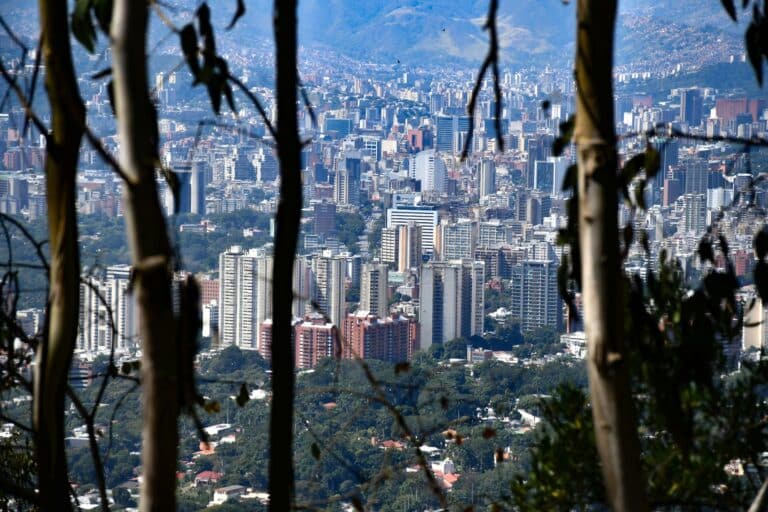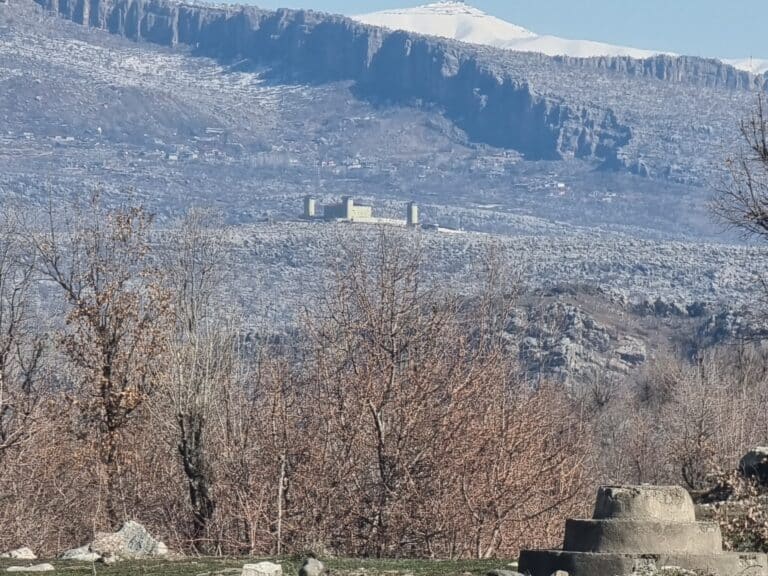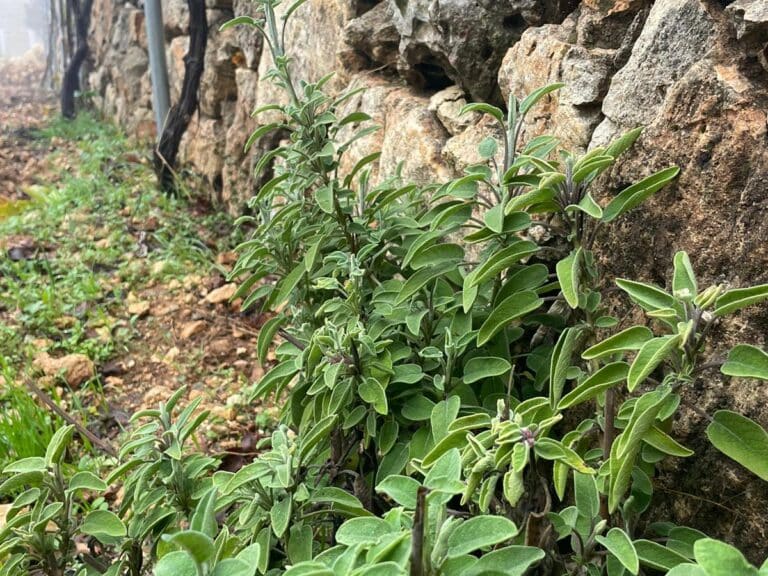CPTnet
27 December 2012
ABORIGINAL JUSTICE REFLECTION: A
visit to Aamjiwnaang
by
Allan Slater, Christian Peacemaker Teams Reserve Corps member
The following reflection has been edited for length. The original is available here.
On
Christmas day, 2012, I visited the CN Rail blockade on Aamjiwnaang First Nation
just south of Sarnia, Ontario.
The
territory is surrounded by petrochemical processors, a maze of buildings, pipes
and smokestacks belching clouds into the air. High chain-link fences enclose
all of it, including several ponds of liquids contained by clay levees. Even on
a Christmas day, tanker trucks moved products around the area. Many vacant and
rusting installations suggest the manufacturing hub is falling on hard times. As
a light snow fell, I wondered, given the active smokestacks, just what was
falling with it.
Aamjiwnaang
is a pleasant reprieve from the surreal blight of the petrochemical
installations. Much of the land is covered in forest. People live in neat,
well-kept homes.
 |
The
CN Rail blockade is in a secluded, forested area on a paved road within the
territory. When I arrived, about twenty-five people were eating, talking, and
enjoying each other’s company. With shelters and fires to ward off the cold and
damp, this blockade could easily withstand considerable nasty weather.
I
had a chat with three Aamjiwnaang residents – Mark, Ken and Liz – there to
support the blockade, but not organizers of it. Liz said that community people brought
the idea of a blockade to the band council both to support
Chief Spence and to pressure the Canadian Government to repeal sections of
the C-45 omnibus bill. One of the bill’s sections, much publicized, ends environmental
protection for lakes and rivers. Another allows the minister in charge of
aboriginal affairs to override reserves residents’ decisions and cede their lands
to the private sector. The band council affirmed the blockade. The site was
selected because CN Rail has proper leases to pass through most of the
territory, but not to cross that roadway.
 |
|
|
This until Chief Theresa Spence |
Mark
noted that the treaties, which pre-date Canada, are really with the crown (UK);
the Canadian Government is a third-party participant. He says the blockade is
supported by nearby First Nations communities and the Union of Ontario Indians.
Aamjiwnaang
First Nation contracts its police services from the City of Sarnia. Both Mayor
Bradley and the Chief of Police have visited the blockade. CN Rail sent a
representative from Edmonton its leaders. CN has some sort of injunction, but
the Chief of Police suggested it will not be enforced so long as there are no
public safety issues. The local Conservative MP, Patricia Davidson, has refused
to meet with them.
 |
|
|
Sonny |
People
from Aamjiwnaang and other places come and go, but at least one community
member is always present at the blockade. Ken (“Sonny”), who helped set
it up, is one of them.
Sakura,
from Toronto, was part of the Occupy movement there. She supports the blockade out
of opposition to the environmental destruction and oppression unleashed by unregulated
Canadian mining companies in Canada and around the world.
Laura, also from
Toronto, compared the Occupy and Idle No
More movements to two streams uniting to form a mighty river. Occupy raised
public awareness. Idle No More employs action and tactics to bring political
change.



